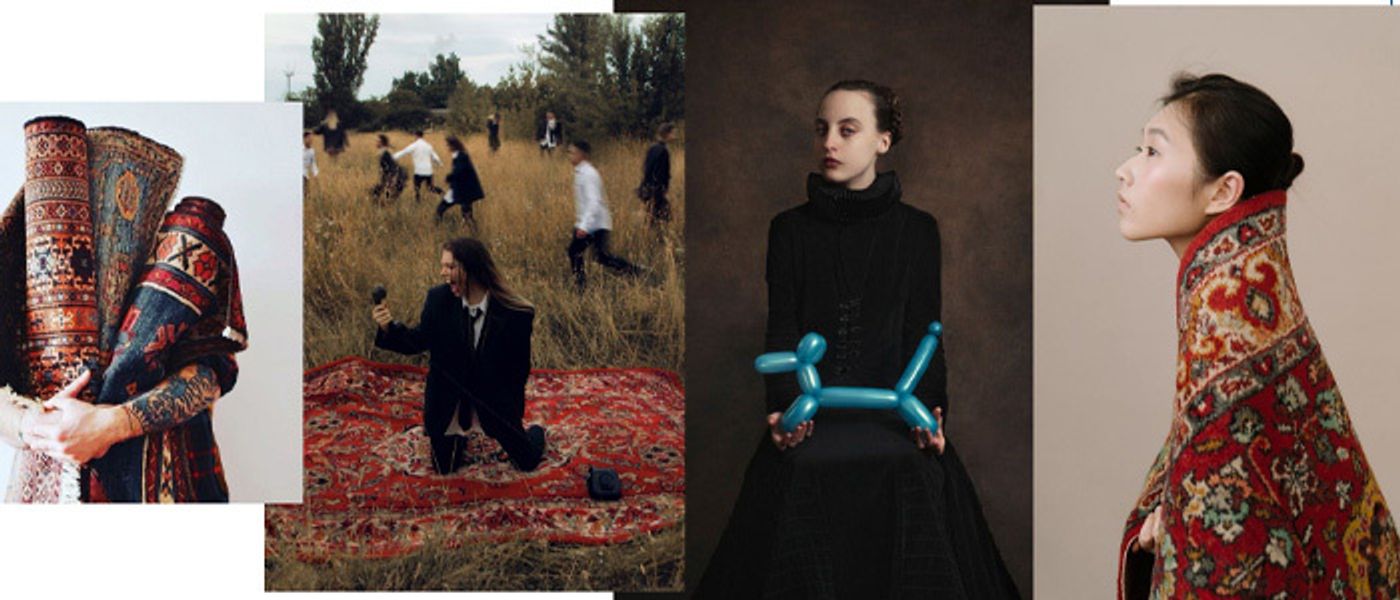
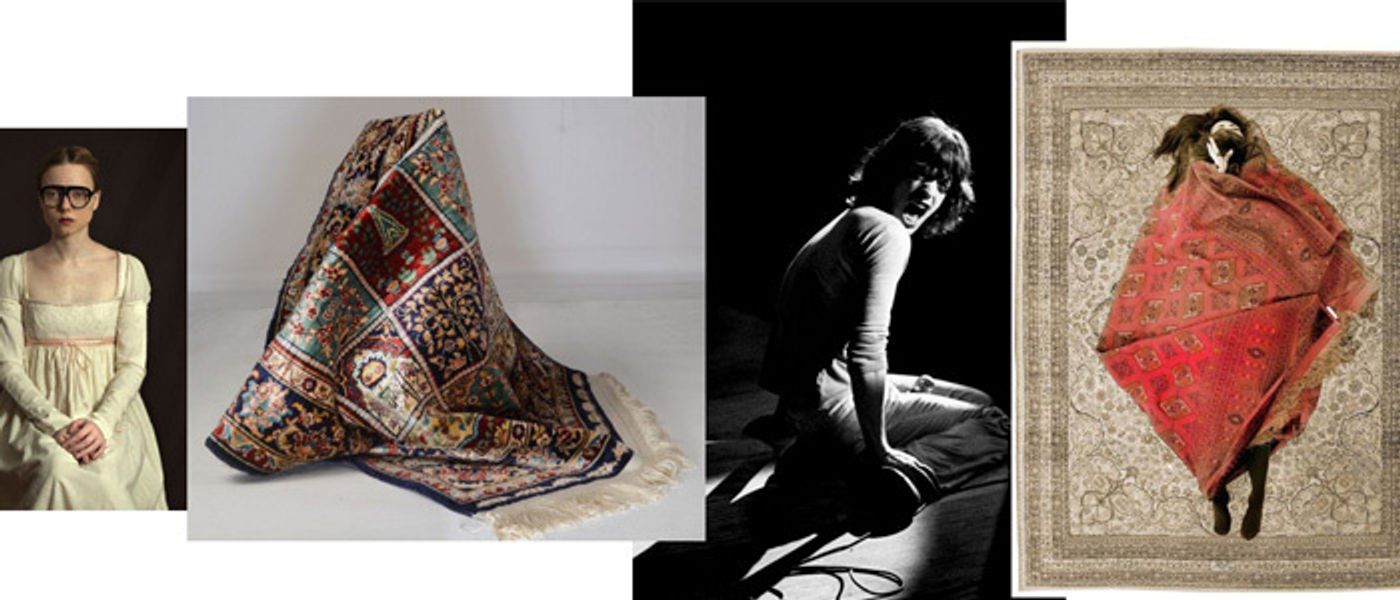
Romeo and Juliet
Take a look at director Peter Evans' directorial vision, and Anna Tregloan's set and costume designs, for the 2023 production of Romeo and Juliet.
Director Peter Evans, in conjunction with Set and Costume Designer Anna Tregloan, have decided not to set the play in a defined historical context. Rather, they borrow from history and embrace the contemporary, allowing for a production that has echoes of both past and present.
Romeo and Juliet's plot relies on period tropes – that is, the story is littered with masquerade balls, sending messages via letters, potions, swordfights and other tropes from an analog time period. A play like Romeo and Juliet simply does not dramaturgically work in a world replete with smartphones and other technology. Yet it is a key concern of Evans and Tregloan that the production feel contemporary, and feel fresh and meaningful to its audience in the year 2023.
To broach this, Evans and Tregloan have approached the design of the production as contemporary at its core, with period features woven throughout. At the commencement of the play, in the Montague and Capulet fight, actors are simply clothed in black contemporary dress. As the story plays out, period features and accoutrement are added to, and removed from, costumes. As such, the production design builds in real time before us.
Evans and Tregloan used a collage of period and contemporary references to build the design of the play, shown below.
The dominant colour of the production is black (as discussed in set design below). The colours red and blue also feature heavily in the production, significantly through the lighting (by Lighting Designer Benjamin Cisterne) and costume (by Anna Tregloan).
Simone Sault (Choreographer) delicately delivers a Masquerade Ball that is both timeless and contemporary, with Max Lyandvert (Composer and Sound Designer) music and sound design creating an evocative score for the production.


Anna Tregloan's set design is grounded by two large, raised platforms, covered in black epoxy resin. One one side of the stage, a large black wall towers behind the performers. Both platforms and wall have high-gloss, mirror-like, reflective surfaces.
These two platforms allow the performers to play with space and proximity. For example, in the balcony scene (Act 2, Scene 2), Romeo (Jacob Warner) and Juliet (Rose Riley) stand on separated platforms and cannot reach one another, playing with proximity rather than the traditional height of a literal balcony.
Persian rugs add a textural and colourful contrast to the black features. They are not used in a literal sense, rather they are used in a transitional way to demarcate scenes and different locations. The rugs are carried on and off and manipulated by performers, layering and stacking then shifting throughout.
Persian rugs, set platforms drenched in high gloss black material, warm wood stools and festoon lighting are used throughout the performance space. The cast of 10 actors swiftly transition the spaces through the rearrangement of the persian rugs creating a dance floor for the banquet, a bed for Romeo and Juliet, internal spaces, and finally the tomb.
Another key concern of Evans’ production is that the line between audience and performer is consistently blurred and broken in this intimate setting. Throughout the play, the performers frequently watch the action such as the balcony scene, sitting in the aisles of the audience as the action plays out on stage. Performers engage with audience throughout, in playful ways. During the masquerade ball, members of the audience are even invited on stage to dance.
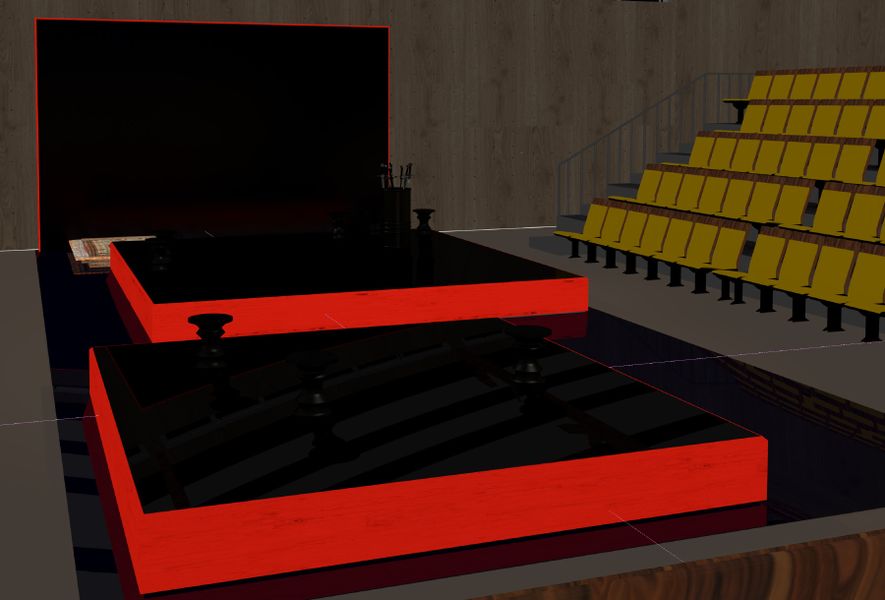
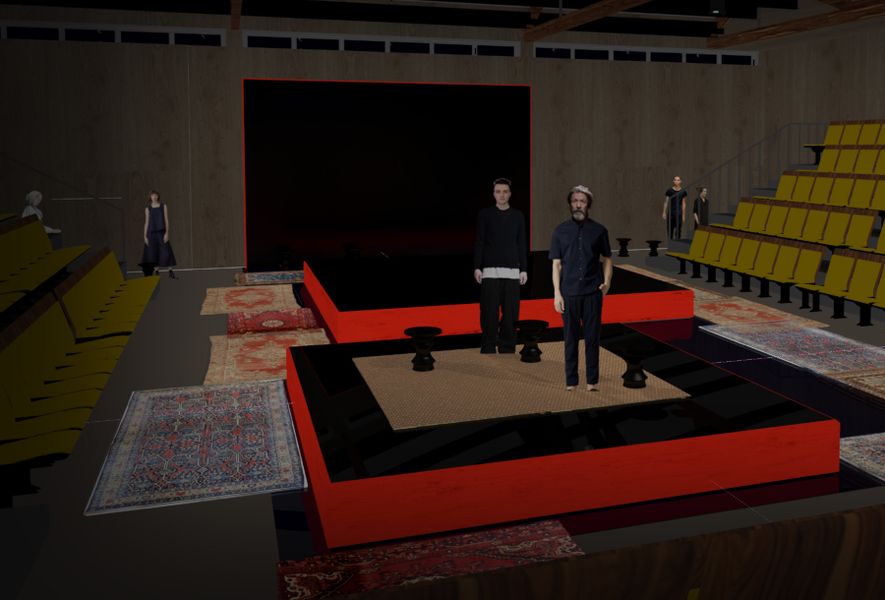
At the commencement of the show, all characters are dressed in contemporary, black clothing. The actors are then slowly dressed with period accoutrements that indicate traditional dress. Colourful neck ruffs, skirts and masks are added for the masquerade ball. These period additions are a vivid colourful contrast to the black palette of the costume base.
Juliet's skirt and Romeo's cape are in inverted colour schemes of red and blue. Both pieces are intricate patchwork designs, and echo a harlequin pattern, seen in the 16th century Italian theatre movement Commedia dell'arte.
We spoke to the production's costume team, led by Sara Kolijn, about the behind the scenes details and found out the following fun facts:
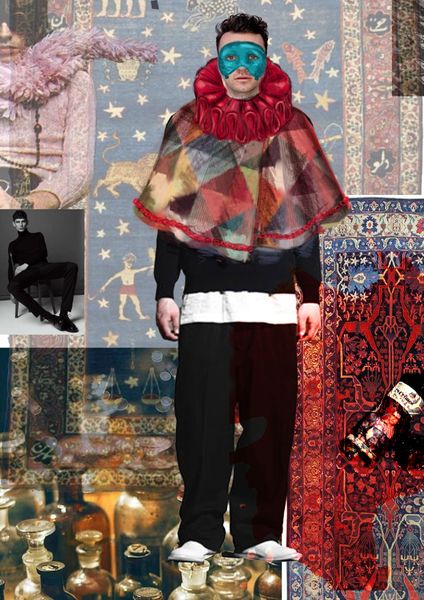
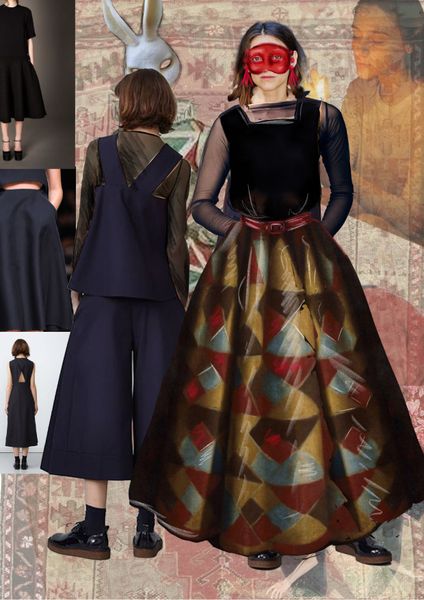
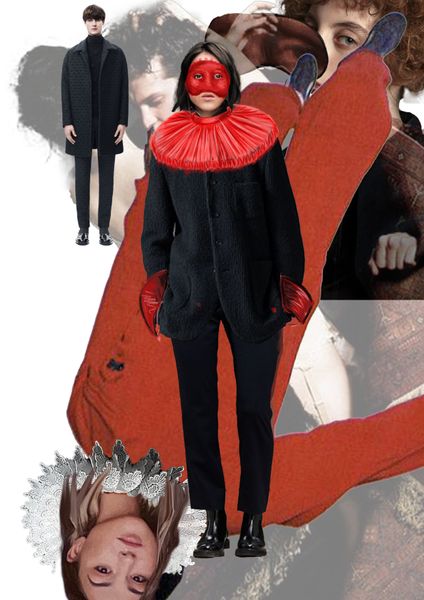
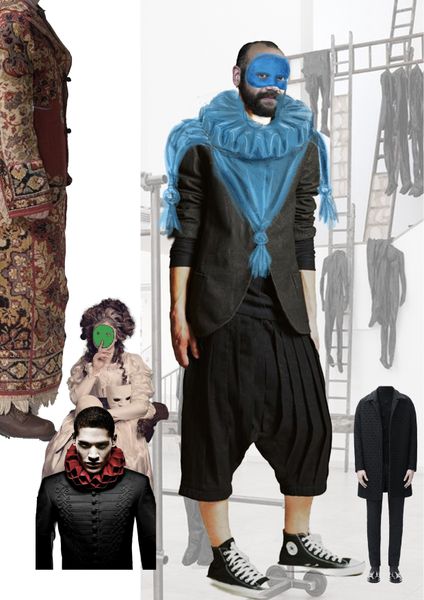
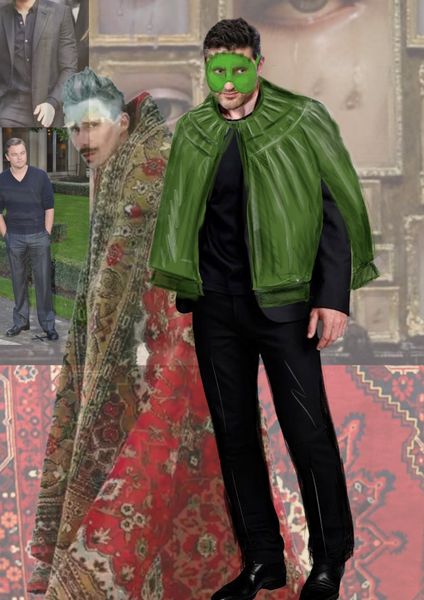
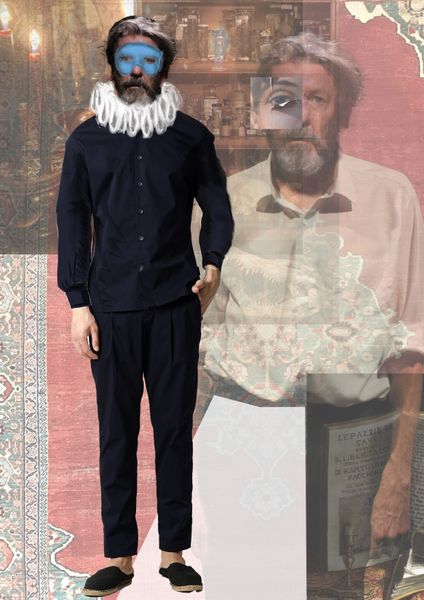
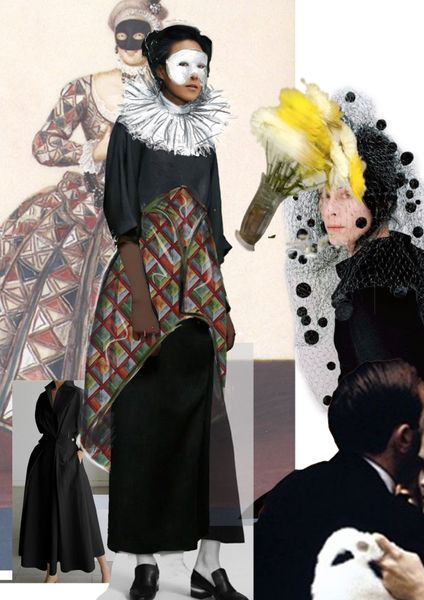

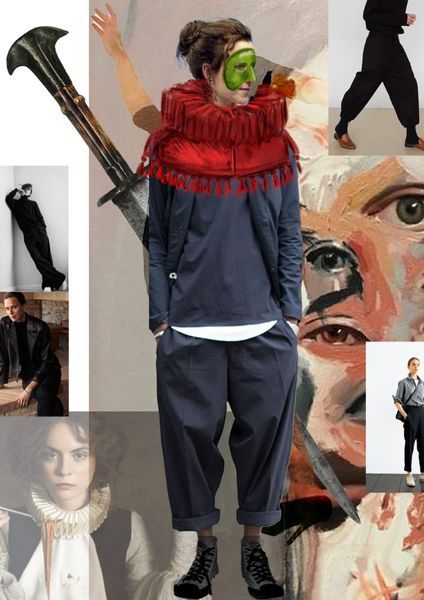
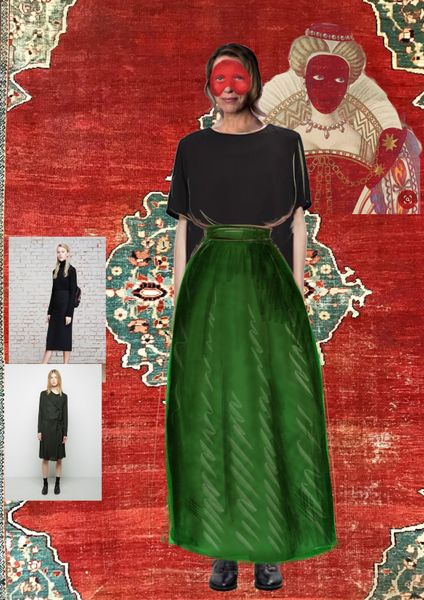
Benjamin Cisterne provides a rich lighting design for the production, and the main feature is a ceiling of festooned light bulbs. The lighting design is a configuration of 420 pixels (globes) that cover the entire theatre ceiling with the light purposely bleeding into the audience. The bulbs can change into many colour variations, and are individually programmed.
Festooning is most often used in decoration for festivals and weddings. In this production, the festoons are used in multiple ways and could also be perceived as the many stars in the sky that the characters refer to throughout the play. The festooning is comprised of 350m worth of cabling with 7 runs that make up the 420 pixels (globes).
There are 123 lighting cues throughout the show with approximately 50 colour changes of the festoons. The lights are warm white light for a majority of the performance. As the masquerade ball commences, the lights cascade across the ceiling, upstage to downstage in multi-coloured pattern.
There are only two points throughout the show when the theatre is in complete darkness, highlighting the fast-paced action of the play. When Romeo, Mercutio and Benvolio are on their way to the masquerade ball, the theatre is in blackness and handheld torches are used.

